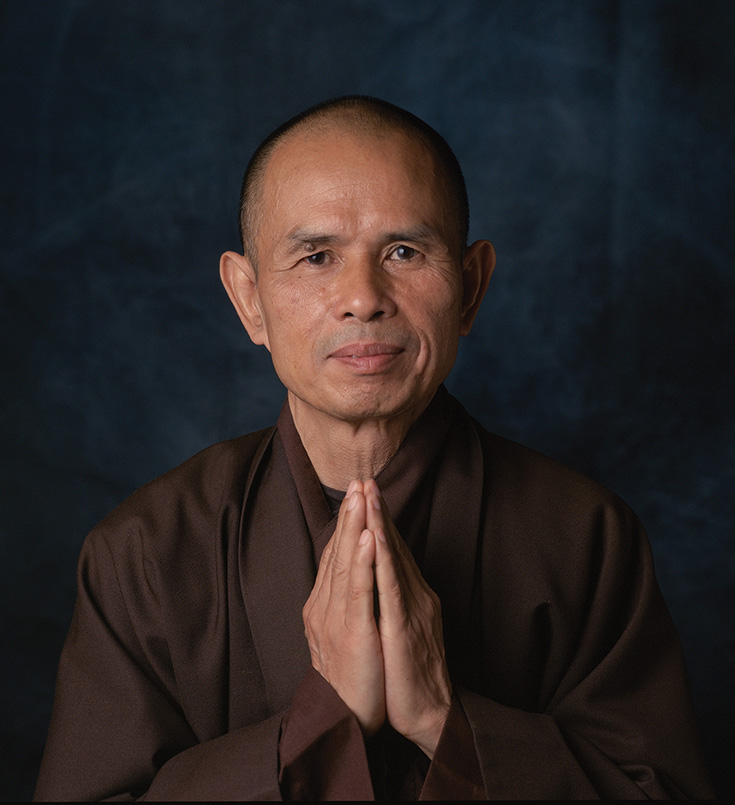
“Empirical studies have begun to demonstrate that many people in advanced industrial cultures resonate deeply with what could be called nature spirituality or nature religion. Some of these people view the world as full of spiritual intelligences with whom one can be in relationship (an animistic perception), while others among them perceive the earth to be alive or even divine (a more pantheistic belief).”
–Bron Taylor, Dark Green Religion
As the human race has become increasingly urbanized, we have come to spend less and less time in natural settings. Many of us now live in cities. Even so, we still hear the calls of nature. The wildness cries out to something in our blood. Although the Industrial Revolution has forced us into an urban way of living, we were creatures of the wilderness for millennia before that. Evolution has hardwired our brains for the woods.
Bron Taylor is a professor of religion and nature, environmental ethics, and environmental studies, at the University of Florida. He coined the term “dark green religion” and is the author of a book by that name. According to his book, a dark green religion is one that has a set of beliefs and practices characterized by a central conviction that “nature is sacred, has intrinsic value, and is therefore due reverent care.”
The central theme of Taylor’s book is that the people involved in ecological awareness and the green movement display many of the characteristics usually associated with a religious or spiritual movement. Both are characterized by deeply-held beliefs about the nature of reality and our relationship with it. Both have ethical systems of behavior, and “prophets” who outline and discuss these ethical standards. Taylor cites Henry David Thoreau’s Walden and Rachel Carson’s Silent Spring as examples of “sacred texts” used by this Dark Green Religion.
Taylor differentiates between green religion and dark green religion. To him, traditional world religions that have added ecological practices into their worship services and holiday observations are green religions, but not dark green religions. So if you go to a church that recycles, or a temple that has a carpooling club, or a mosque that uses LED lighting, you may be partaking of green religion without becoming involved in a dark green religion. According to Taylor, the “dark green” part of dark green religion refers to what Arne Naess called deep ecology.
Dark Green Religion and Deep Ecology
Arne Naess was a Norwegian philosopher and founder of the Deep Ecology movement. He cited Rachel Carson’s book Silent Spring as instrumental in his development of the philosophy of deep ecology, which states that humans are not privileged above other living things and that all living things should be treated with equal respect and ethical consideration. Naess believed that all things have an equal right to thrive and to survive. This is similar to the Gaia Hypothesis.
Although NASA scientist James Lovelock is credited with creating the Gaia hypothesis, which says that the Earth herself is a living thing, and we are all a part of the much larger organism that is Gaia, the Earth, Native Americans had such a concept for thousands of years before Lovelock came along. The Oglala Medicine Man and Shaman, Black Elk, once said, “The first peace, which is the most important, is that which comes within the souls of people when they realize their relationship, their oneness with the universe and all its powers, and when they realize at the center of the universe dwells the Great Spirit, and that its center is really everywhere, it is within each of us.”
The scientists have discovered what the Native Americans knew all along: That the Earth is a living organism and that we are all a part of the web of life. We are all connected. This idea of the interconnectedness of all things is what Naess meant by “deep ecology,” and deep ecology pursued with a reverent and sacred attitude is what Taylor means by a “dark green religion.” A tenet of this dark green religion is that if we are all connected, then what we do to the web of life, we do to ourselves as well. If we poison the water, then we drink the water, we take the poison into ourselves. If we pollute the food with pesticides, then eat the food, we take the pesticides into our own bodies. If we pollute the air, then breathe in the air, we take our own pollutants into our lungs. If we fatten our beef animals with hormones, then eat the beef, we take the hormones into ourselves. If we poison the minds and souls of our neighbors with hatred, anger, and bitterness, then interact with those neighbors in negative ways, we take the hatred, anger and bitterness into ourselves as well.
The deep ecology of a dark green religion teaches us to be one with nature. This is true even if we are agnostic or atheist. We don’t have to believe in supernatural beings in order to realize that nature is something larger and more transcendent than ourselves. The divinity in a dark green religion is nature herself. This is true whether or not we choose to personify nature as a separate supernatural and divine entity. We are all interdependent, and a dark green religion teaches us that if we cannot live in a sustainable, ecological way, then the human race will have no future. This planet has limited resources, and we don’t have anywhere else to go. Eventually everything will run out, and when this happens, how will we survive? The only way that the human race can survive is to embrace a way of life that honors all life on the planet. Such a way of life is what Taylor means by a dark green religion.











